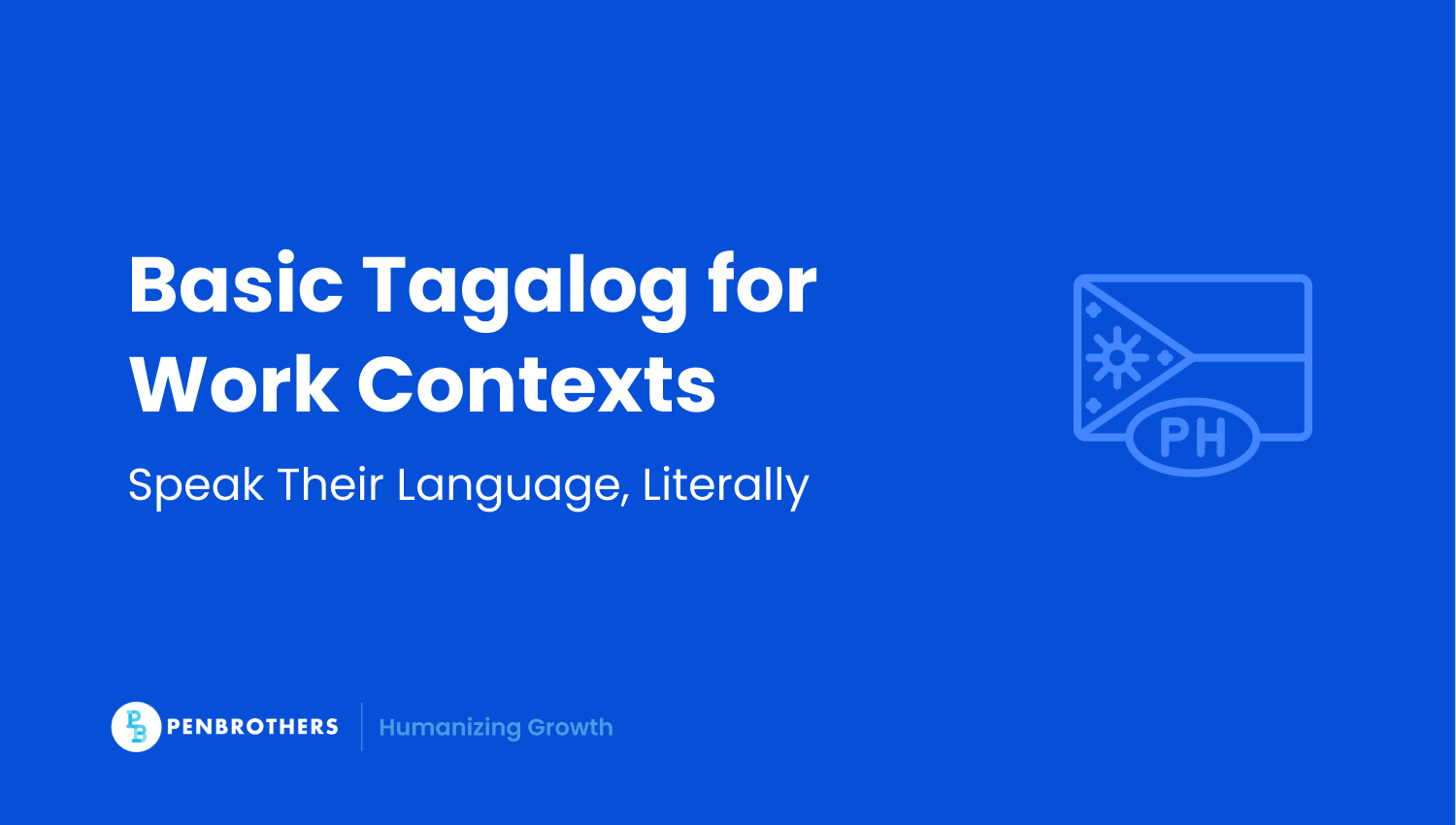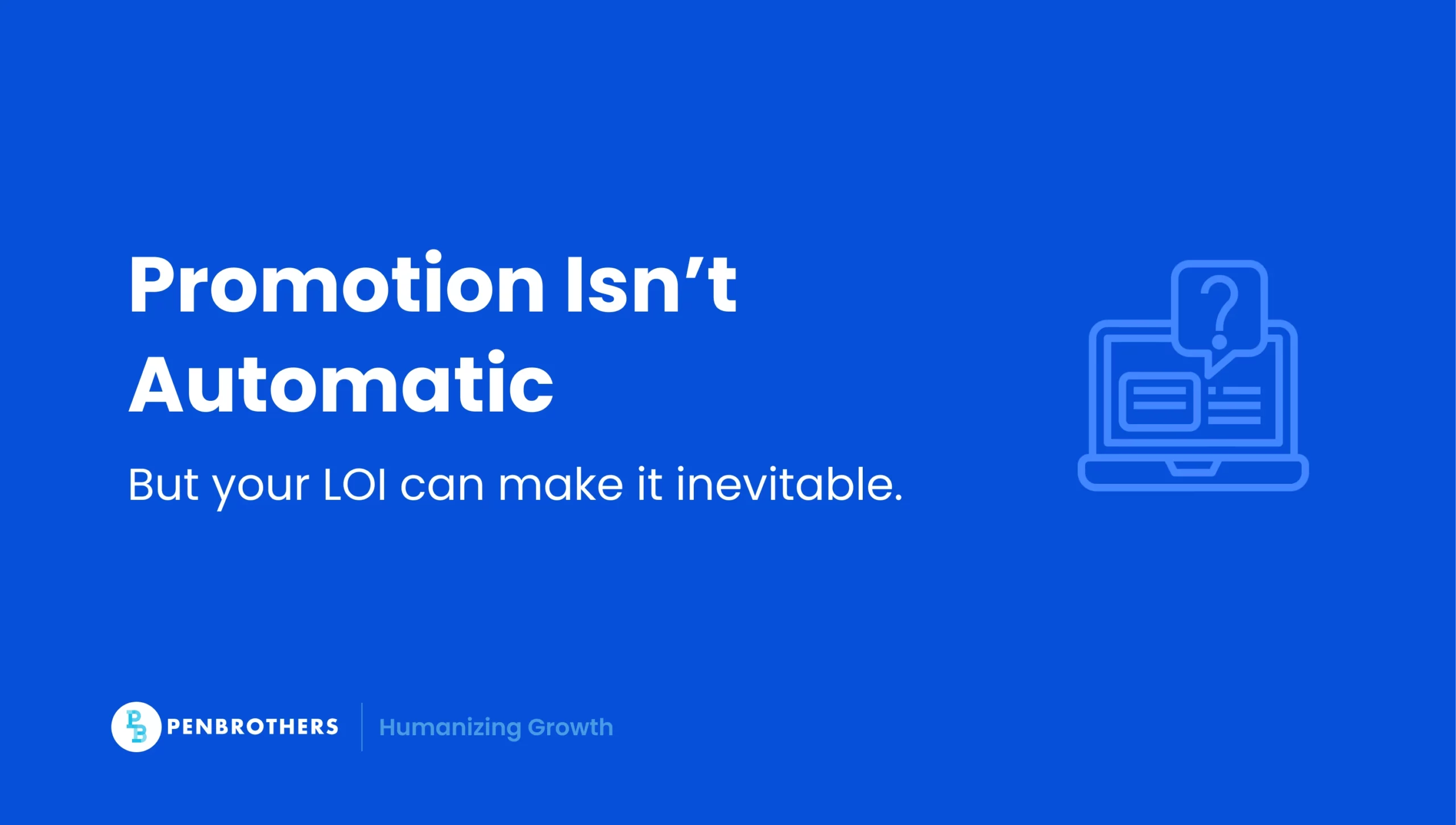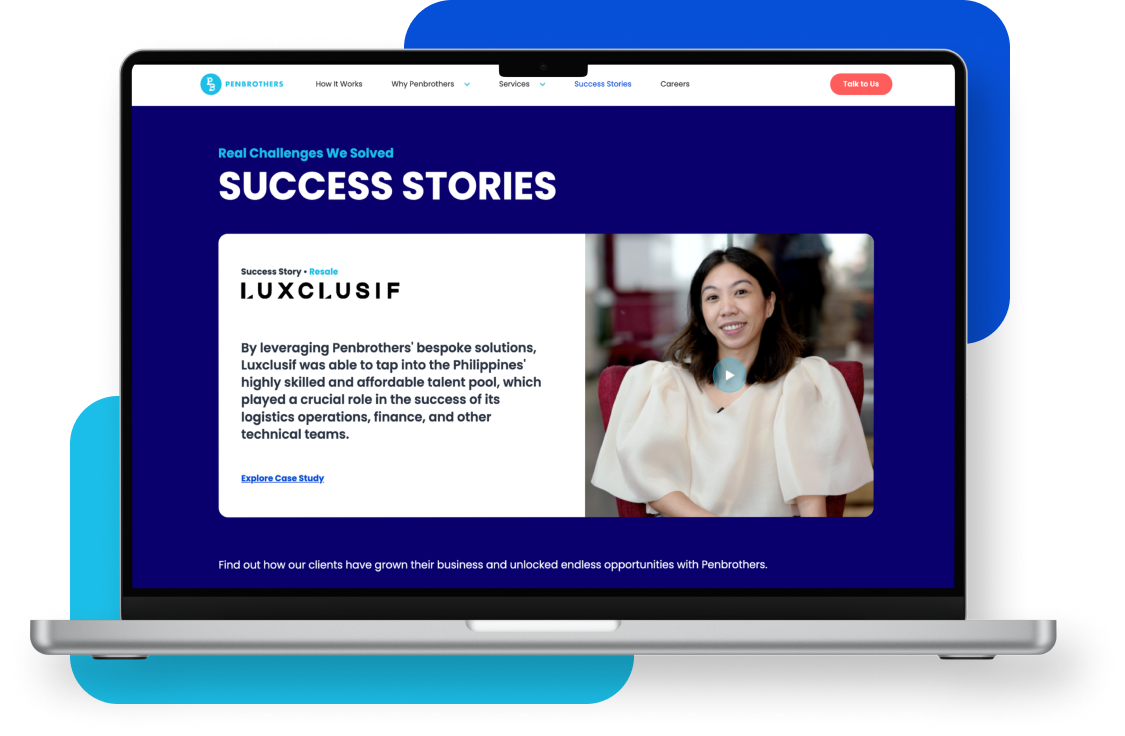What's Inside?
What Is the Culture Index? A Beginner’s Guide for Business Leaders

You’re hiring good talent and pushing for growth but something still feels off. Team dynamics aren’t clicking. Communication drags. Productivity is up, but engagement is flat. That’s not a skills problem. It’s a culture misfit.
Teams in the top quartile of employee engagement achieve 23% higher profitability than those in the bottom quartile. This is where the Culture Index comes in.
It’s a behavioral assessment that helps leaders align people with performance. Let’s break down what it is, how it works, and why it matters for your team.
Key Takeaways
- A Tool for Performance Fit, Not Just Personality: The Culture Index is a behavioral assessment designed for business strategy. Its primary purpose is to predict an individual’s performance in a specific role and align them with a company’s needs, rather than simply labeling their personality type.
- Provides Data-Driven Insights for People Strategy: The tool gives leaders objective data on seven core traits, such as Autonomy, Social Ability, and Patience. This data is used to improve hiring accuracy, identify and develop future leaders, reduce employee turnover, and optimize overall team composition.
- Identifies Key Work-Style Profiles: The assessment maps individuals to several key profiles that describe how they are naturally wired to work. Common types include Visionaries (strategic thinkers), Researchers (detail-oriented analysts), Socials (persuasive communicators), and Collaborators (empathetic team-builders).
- A Support Tool, Not an Absolute Filter: It is critical to use the Culture Index as a tool to support and inform personnel decisions, not to dictate them or automatically screen out candidates. Over-relying on the data without considering other factors like experience and adaptability is a common pitfall.
What Is the Culture Index?
The Culture Index is a two-page behavioral assessment that evaluates personality traits, work preferences, and motivational drivers. It was introduced in 2004 by Gary Walstrom to help organizations make data-informed people decisions.
Unlike popular assessments like Myers-Briggs or DiSC, the Culture Index is purpose-built for business strategy. It doesn’t just describe who someone is, it predicts how they’ll perform in your organization.
It’s not about labeling personalities. It’s about aligning the right person to the right role at the right time.
Key differentiator? It focuses on performance fit rather than personality fit.
How the Culture Index Works
The Culture Index survey takes less than 10 minutes to complete. Participants respond to adjectives that best describe their work preferences and decision-making styles.
It measures seven core traits:
- Autonomy – How independently an individual prefers to work versus seeking direction
- Social Ability – Comfort level with interpersonal communication and social dynamics
- Patience – Preference for stability and consistency versus fast-paced change
- Conformity – Willingness to follow established rules versus a desire to challenge them
- Energy Units – Stamina and mental energy available for task execution
- Logic – Inclination toward analytical thinking versus intuitive or instinctive responses
- Ingenuity – Capacity for creative problem-solving and innovation under pressure
After completion, leaders receive a data-driven output that goes well beyond surface-level traits:
- A detailed behavioral profile for each employee or candidate
- A readout of culture-team alignment, showing how well individuals fit into the broader team environment
- Insights on communication style, leadership potential, role fit, and risk areas like burnout or misplacement
These outputs are not just interesting, they’re strategic. They give hiring managers and leaders the clarity to make better placements, build stronger teams, and reduce friction across departments.
Yet, many companies still struggle to tie assessment data to real-world performance. According to SHRM, 54% of organizations use pre-employment assessments, but few fully connect them to talent development or business outcomes.
The Culture Index bridges that gap by aligning behavioral data with measurable business results, from hiring accuracy to leadership alignment and beyond.
Understanding Culture Index Personality Types
Each individual’s results are mapped to one of several key profiles. Here are the six most common types:
Here are the six most common Culture Index personality types:
- Visionaries
Independent, strategic thinkers who thrive in unstructured environments. They are comfortable taking risks and often challenge the status quo. Visionaries are ideal for entrepreneurial roles, growth-focused leadership, and product innovation where big-picture thinking is essential. - Researchers
Precise, detail-oriented professionals who excel in systems, analysis, and compliance. They prefer working alone or in small, focused teams. Researchers are best placed in technical, data-heavy roles such as operations, finance, or quality assurance where accuracy is non-negotiable. - Organizers
Methodical and process-driven, Organizers bring structure and consistency to complex workflows. They are dependable executors who appreciate clear rules and timelines. Common fits include project management, logistics, or administrative leadership where coordination is key. - Socials
Extroverted, energetic, and persuasive. Socials build rapport easily and are naturally drawn to interaction. They thrive in fast-paced, people-facing environments, making them ideal for roles in sales, account management, business development, and client success. - Collaborators
Empathetic relationship-builders who prioritize harmony and consensus. Collaborators often serve as cultural glue within teams, fostering inclusion and trust. They shine in HR, team leadership, training, or customer experience roles where emotional intelligence matters most. - Facilitators
Behind-the-scenes problem solvers who manage operations, systems, and logistics with minimal fuss. Facilitators bring high levels of discipline and efficiency, often thriving in roles like operations management, executive support, or resource planning, anywhere consistency and reliability are key.
These types aren’t good or bad. They just signal how someone is wired to work and what environment sets them up for success.
Why It Matters: Strategic Benefits for Leaders
The Culture Index offers a hard ROI on soft skills.
Here’s what it can do for your business:
- Improve hiring accuracy
Stop relying on intuition alone. Match candidates to roles based on proven behavioral success profiles. This helps avoid mis-hires, which according to the U.S. Department of Labor, can cost up to 30% of an employee’s first-year earnings. - Develop better leaders
Identify high-potential individuals based on traits that correlate with specific leadership styles, then tailor development plans accordingly. Not all leaders look the same, and Culture Index data helps clarify who’s ready for what kind of leadership challenge. - Reduce turnover
Cultural misalignment is one of the top hidden drivers of attrition. Sometimes, what looks like performance issues may actually be miscommunication or mismatched expectations, read how we handle insubordination in remote teams to understand the deeper cultural dynamics at play. - Optimize teams
Build complementary teams with a mix of profiles that support collaboration instead of conflict. Culture Index gives visibility into team dynamics, so you can structure around strengths, not personalities. Understanding these profiles allows leaders to build more intentional teams. For context on what makes Filipino professionals unique in this space, check out these Filipino cultural traits and values that often influence workplace behavior. - Boost engagement
When people feel understood and placed in roles that suit them, motivation follows. Aligning tasks to personal work styles fosters autonomy and accountability. - Drive productivity
Burnout often stems from role friction, asking people to operate in ways they’re not wired for. The Culture Index helps you assign work that matches energy levels, patience, and problem-solving capacity.
Deloitte research shows that organizations with strong cultures experience 40% higher employee retention and 30% higher levels of innovation.
For offshore teams, these benefits multiply. At Penbrothers, we integrate tools like Culture Index to ensure our remote hires aren’t just skilled, they’re aligned. If you want to see how Filipino professionals compare to other global talent markets, read our insights on the Philippines and Latin America.
How to Use the Culture Index in Your Organization
Here’s a simple rollout plan:
1. Define Your Goals
Start with clarity. Are you trying to reduce attrition, improve team cohesion, or build a stronger leadership bench? The Culture Index works best when anchored to a specific outcome. Define what success looks like so you can measure impact and avoid “data for data’s sake.”
2. Run the Assessment
Begin with leadership roles and critical contributors, where alignment has the highest impact. Then expand to broader teams and incoming candidates. The survey is lightweight, and its value multiplies when applied at scale.
3. Analyze the Results
Review the behavioral profiles across roles, departments, or teams. Identify patterns: Are certain teams misaligned? Are you hiring similar profiles for very different roles? Use the Culture Index’s benchmarking data and analytics to compare actual results with ideal profiles for performance.
4. Act on Insights
This is where Culture Index becomes a performance tool, not just a diagnostic one. Use the data to:\n- Realign responsibilities within teams
- Improve candidate screening and job descriptions
- Coach leaders based on their natural strengths and blind spots
- Support transitions during restructuring or scaling
5. Ensure Psychological Safety
Transparency is key. Communicate that the Culture Index is used for support, not judgment or exclusion. This is especially important in culturally diverse setups, learn more about Philippine work culture here.
According to McKinsey, companies leveraging People Analytics report an 80% increase in recruiting efficiency and a 25% rise in productivity.
Common Misconceptions & Pitfalls to Avoid
Like any tool, the Culture Index isn’t a silver bullet. Here’s what to watch out for:
- It’s not one-and-done
Culture is dynamic. Teams evolve, leaders change, roles shift. A Culture Index assessment taken once can offer a snapshot but not a complete picture forever. To stay relevant, results need to be revisited and recontextualized over time. - It requires interpretation
The data doesn’t speak for itself. Numbers without context can mislead. A high-autonomy score doesn’t automatically mean someone’s a fit for leadership. What matters is how those traits align with a role’s real-world demands and the broader team environment. - It needs leadership buy-in
Without commitment from the top, the Culture Index becomes just another HR tool collecting dust. Leaders must champion its use, model transparency, and embed insights into hiring, development, and team-building strategies. - It’s not a hiring filter
This is a support tool, not a sorting mechanism. Over-relying on behavioral data can cause companies to overlook qualified candidates or ignore soft variables like adaptability, experience, or mission fit. Culture Index should inform decisions, not dictate them.
At Penbrothers, we combine psychometric data with deep context. Our clients don’t just get talent, they get alignment.
Final Thoughts
The Culture Index gives business leaders a data-driven lens into one of the most unpredictable variables in business: people. It’s not about fitting people into boxes. It’s about finding the shape of the box that unlocks their best performance.
In global teams, especially offshore ones, clarity is currency. Knowing how your people work, think, and lead isn’t just helpful, it’s non-negotiable. If you’re building a high-performing, distributed team, start with alignment.
The Culture Index is a good place to begin. Penbrothers can help you take it further.
Frequently Asked Questions
The Culture Index is a quick behavioral assessment used by businesses to make data-informed decisions about their people. It measures seven core personality traits, work preferences, and motivational drivers to help predict how an individual will perform in a specific role and within the company’s culture.
While other tests are excellent for describing personality, the Culture Index is specifically designed for business strategy. Its key differentiator is its focus on predicting performance fit—how a person’s natural behaviors and motivations align with the actual demands of a job—rather than just describing their general personality type.
The assessment maps individuals to several profiles based on their combination of traits. The six most common types are Visionaries (independent, strategic thinkers), Researchers (precise, analytical professionals), Organizers (process-driven executors), Socials (energetic communicators), Collaborators (empathetic relationship-builders), and Facilitators (reliable operational problem-solvers).
The primary benefits include improving hiring accuracy to reduce costly mis-hires; developing better leaders by identifying high-potential individuals based on their natural traits; reducing employee turnover by ensuring better cultural and role alignment; and optimizing team performance by building teams with complementary work styles.
No, it should not be used as a strict hiring filter. It is intended to be a support tool that provides deeper insight to inform decisions alongside a candidate’s skills, experience, and interview performance. Using it to automatically disqualify candidates is a common misuse of the tool.
*This article was crafted with the support of AI technology and refined by a human editor.





